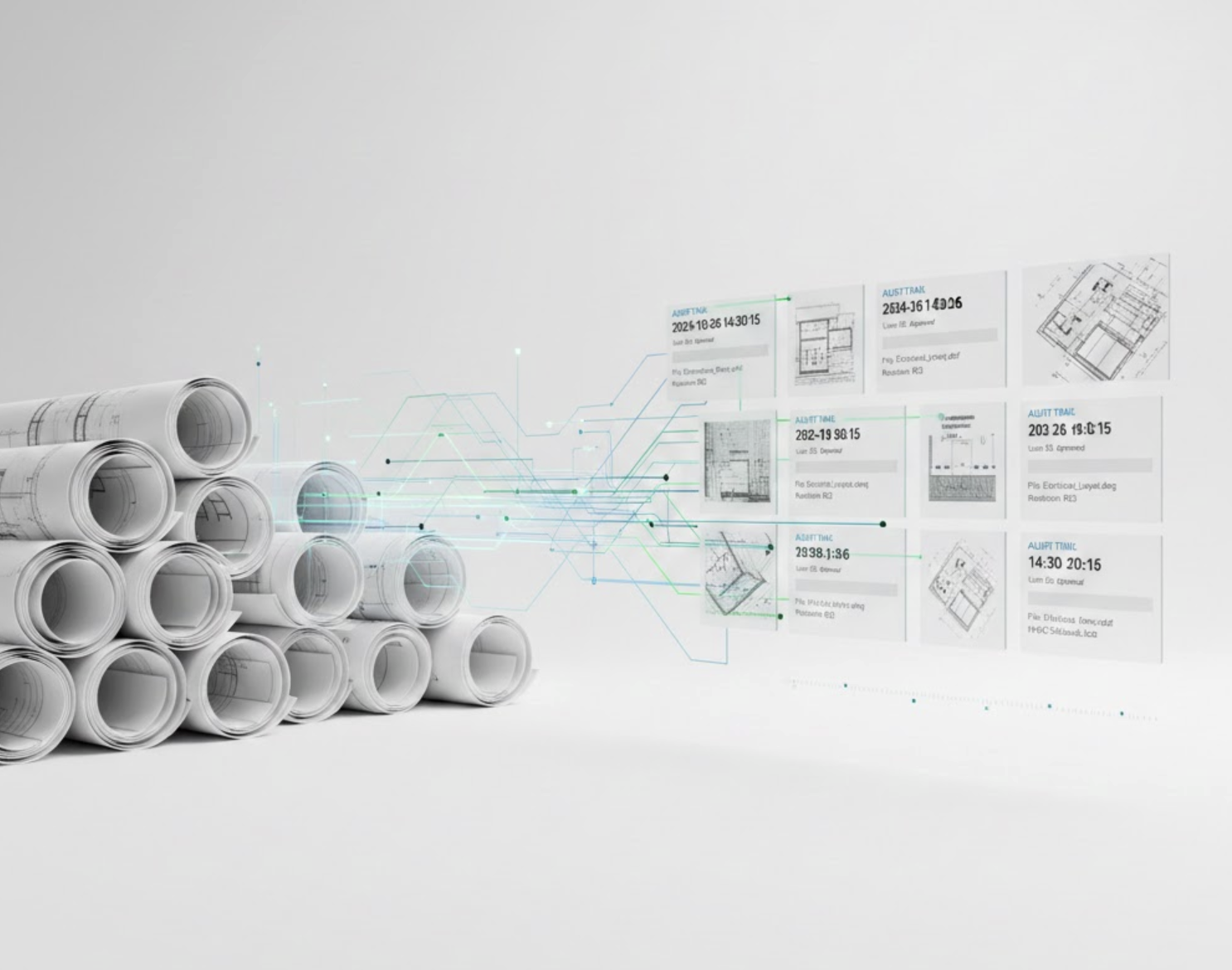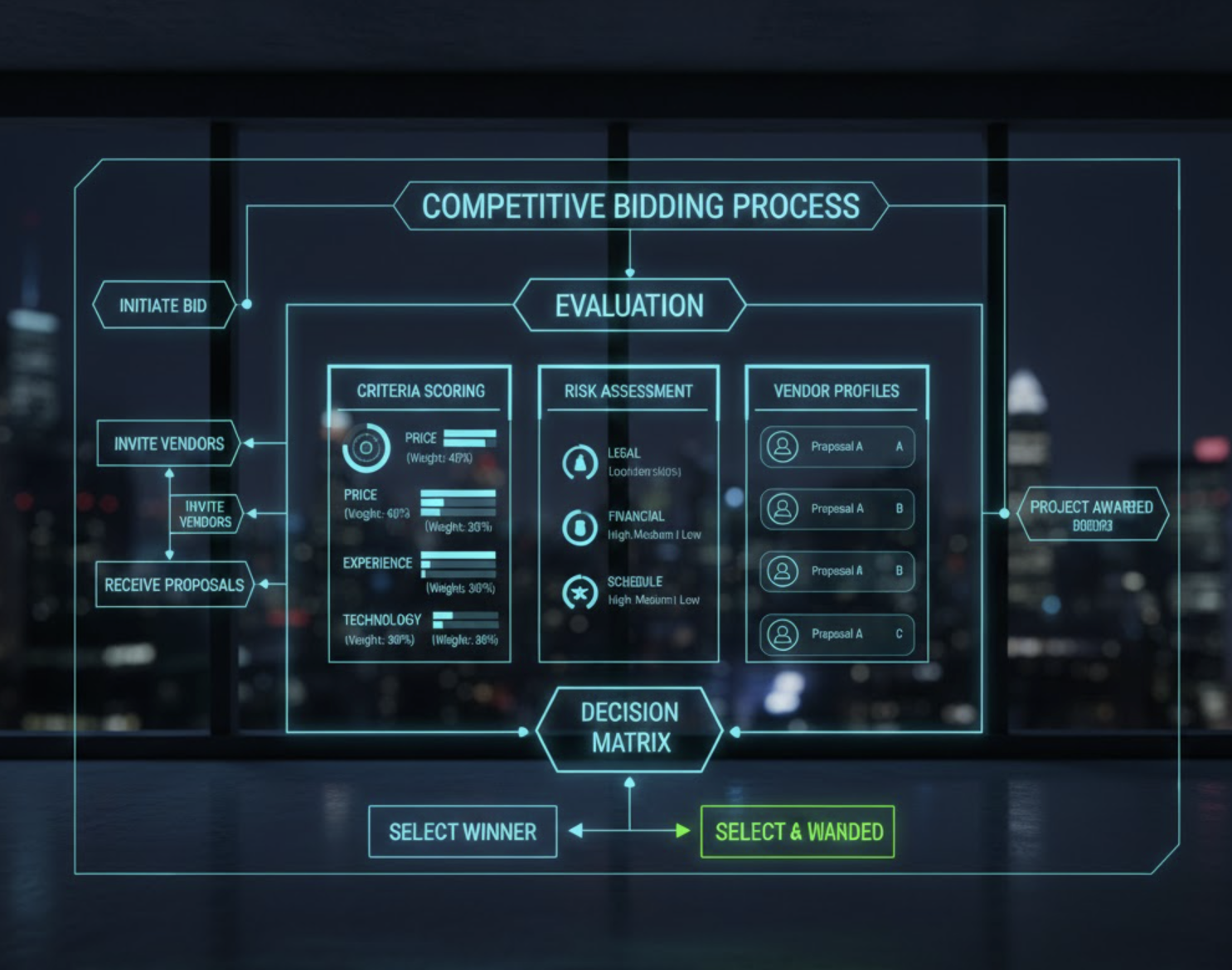Managing Contractual Risk in Design-Build Projects
In the evolving landscape of construction management, the management of contractual risks in design-build projects has emerged as a critical factor influencing project success. Design-build projects, characterized by a unified contract that merges design and construction responsibilities, offer an innovative framework for enhancing collaboration and communication among project teams. However, with this approach also comes the need for effective risk management strategies to ensure the timely completion and financial health of projects.
Key Concepts
In design-build projects, a unified contract consolidates the roles of design and construction efforts under a singular entity, which simplifies project management processes and fosters collaboration. Risk allocation is another key feature of design-build contracts, allowing parties to efficiently distribute potential risks related to design flaws, constructability issues, and unforeseen site conditions. By recognizing and addressing these risks proactively, project owners can alleviate a significant burden and contribute to overall project success.
Types of Risks
Contractual Risks
Contractual risks manifest from ambiguities within agreements, including scope changes and misunderstandings surrounding project specifications. These risks can lead to disputes regarding project responsibilities, making it essential to establish clear contract terms to mitigate potential issues. By addressing these ambiguities early, project teams can reduce the likelihood of conflicts as the project progresses.
Design Risks
Design risks pertain to errors and omissions in the design phase. Flaws in design can have significant financial repercussions and cause delays, necessitating appropriate insurance measures such as errors and omissions insurance. Implementing robust quality control procedures during the design phase can also alleviate these concerns.
Construction Risks
Construction-related issues include material defects and workforce shortages, both of which can severely impact project timelines and budgets. The design-build entity’s oversight of all subcontractors is paramount, as effective management of these aspects ensures accountability and fosters a quality-driven construction process.
Site Conditions Risks
Unforeseen site conditions are among the most unpredictable risks a construction project can face. Rapid changes in soil or environmental aspects can lead to delays and additional costs. Clear contract language that specifies the responsibilities and processes for managing these conditions is crucial to avoid delays and financial losses.
Strategies for Effective Risk Management
Clear Communication
Effective communication is essential for identifying and mitigating risks at all project stages. Regular updates and transparent reporting keep everyone involved informed and allow for early identification of potential issues. A well-functioning communication strategy can dramatically influence the success of a project.
Integrating Construction Project Management Software
Tools like construction project management software from Zepth play a vital role in addressing risks by streamlining project management processes. Enhanced collaboration features, alongside real-time monitoring and reporting capabilities, lead to improved risk identification and mitigation. By utilizing a robust digital solution, project teams can achieve more effective risk management.
Comprehensive Insurance Coverage
Choosing the right insurance coverage is crucial in safeguarding against the financial impacts of design defects and other risks. Ensure that comprehensive insurance coverage is in place, including measures that are tailored to the specific needs and risk profiles of the project.
Proactive Risk Allocation
Clearly defining roles and risk responsibilities in the contract facilitates effective risk allocation. This approach ensures that risks are identified, assigned, and mitigated efficiently, relieving project owners from bearing undue burdens. A proactive stance towards risk allocation can foster a more secure project environment.
Best Practices
Well-Structured Contracts
Crafting contracts that are clear, comprehensive, and well-defined is essential for successful project execution. Ambiguities can lead to misunderstandings that may harm project timelines and budgets. Scope, responsibilities, and risk allocations must be explicitly outlined to prevent disputes.
Regular Risk Assessments
Conducting regular assessments of project risks is critical. Monitoring progress and identifying potential new risks in a timely manner enables project teams to develop and implement effective mitigation strategies, preserving the integrity of the project schedule and budget.
Collaborative Approach
Encouraging a culture of collaboration between design and construction teams fosters a proactive environment. By working together, teams can identify and resolve issues as they arise, contributing to more efficient project execution and reducing the chance of significant delays.
Use Cases and Emerging Innovations
Unified Project Management
The implementation of advanced construction project management software such as Zepth has significantly enhanced management effectiveness in design-build projects. By integrating all project aspects into one platform, the risks associated with miscommunication and disjointed process flows are substantially reduced, contributing to a more streamlined project delivery.
Advanced Risk Analytics
Innovations in risk analytics and AI technologies are making it easier to predict and address risks. These cutting-edge solutions provide real-time insights and data-driven recommendations, ensuring that project managers can make informed decisions to mitigate risks before they escalate.
How Zepth Can Help
Zepth offers a variety of construction project management software solutions tailored to streamline operations. These tools empower project teams to manage risks effectively through clear communication and collaboration. Enhanced real-time monitoring and reporting of project statuses helps identify risks as they develop, allowing for swift responses.
Specifically, Zepth’s Risk Management tools promote proactive risk allocation and comprehensive risk strategies, ensuring that projects adhere to timelines and budgetary constraints while satisfying stakeholders’ needs.
By leveraging these strategies and embracing innovative solutions, project managers can effectively navigate and manage contractual risks in their design-build projects. This structured approach ensures timely, cost-effective, and successful project outcomes.




